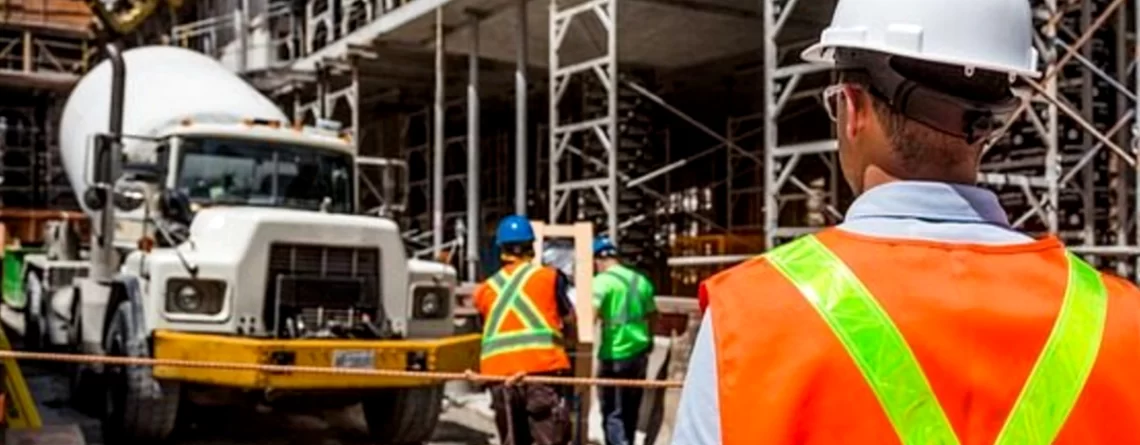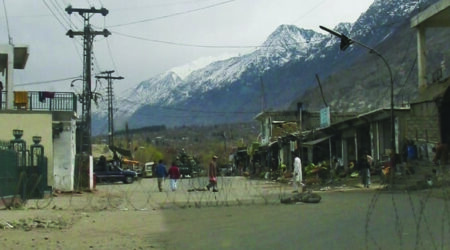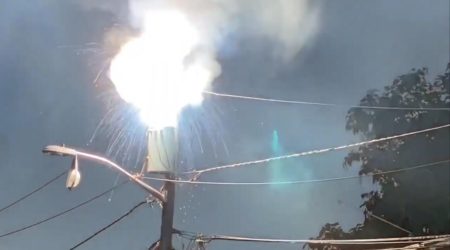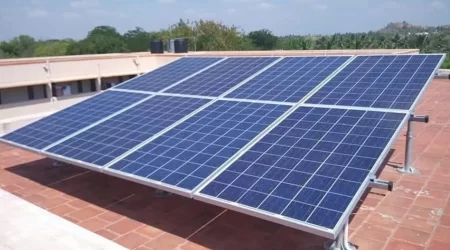Preventing electrical hazards on construction sites
Preventing electrical accidents on construction sites is crucial for ensuring the safety of workers.
Here are some safety tips to help mitigate the risks:
- Training and Education
-
- Employee Training: Ensure all workers receive proper training on electrical safety, including the identification of potential hazards and the correct use of electrical equipment.
- Qualified Personnel: Only qualified electricians should handle electrical installations, repairs, and maintenance tasks.
- Proper Use of Equipment
-
- Inspect Tools Regularly: Regularly inspect electrical tools and equipment for damage or wear and tear. Replace or repair faulty equipment immediately.
- Use Ground Fault Circuit Interrupters (GFCIs): Install GFCIs on all electrical circuits to prevent electrical shock.
- Correct Equipment for the Job: Ensure that tools and equipment are rated for the voltage and current levels they will be exposed to on the job site.
- Site Management
-
- Mark and Protect Electrical Areas: Clearly mark areas with high electrical risks and restrict access to authorized personnel only.
- Temporary Power Supply Safety: Use properly grounded and weatherproof equipment for temporary power supplies. Avoid overloading circuits.
- Keep Work Areas Dry: Ensure that all electrical equipment is kept dry and operate in dry conditions to prevent electric shocks.
- Cable Management: Securely route and protect electrical cords to prevent damage from heavy equipment or foot traffic.
- Personal Protective Equipment (PPE)
-
- Insulated Tools: Use insulated tools and equipment to reduce the risk of electrical shock.
- Wear Protective Gear: Workers should wear appropriate PPE, including rubber gloves, boots, and flame-resistant clothing when working near electrical hazards.
- Emergency Preparedness
-
- First Aid and Emergency Response: Ensure that workers know how to respond in case of an electrical accident, including administering first aid and contacting emergency services.
- Electrical Shutoff Procedures: Make sure all workers know the location of electrical shutoff points and how to use them in case of an emergency.
- Regular Inspections and Maintenance
-
- Routine Inspections: Conduct regular inspections of all electrical installations and equipment on-site to identify and correct potential hazards.
- Maintenance: Perform regular maintenance on all electrical systems to ensure they are functioning correctly and safely.
- Stay Updated with Regulations
-
- Compliance with Standards: Ensure that all electrical work complies with local and national electrical codes and safety regulations.
- Safety Audits: Regularly conduct safety audits to ensure ongoing compliance with safety standards and practices.
Implementing these safety measures can significantly reduce the risk of electrical accidents on construction sites.












Leave a Reply